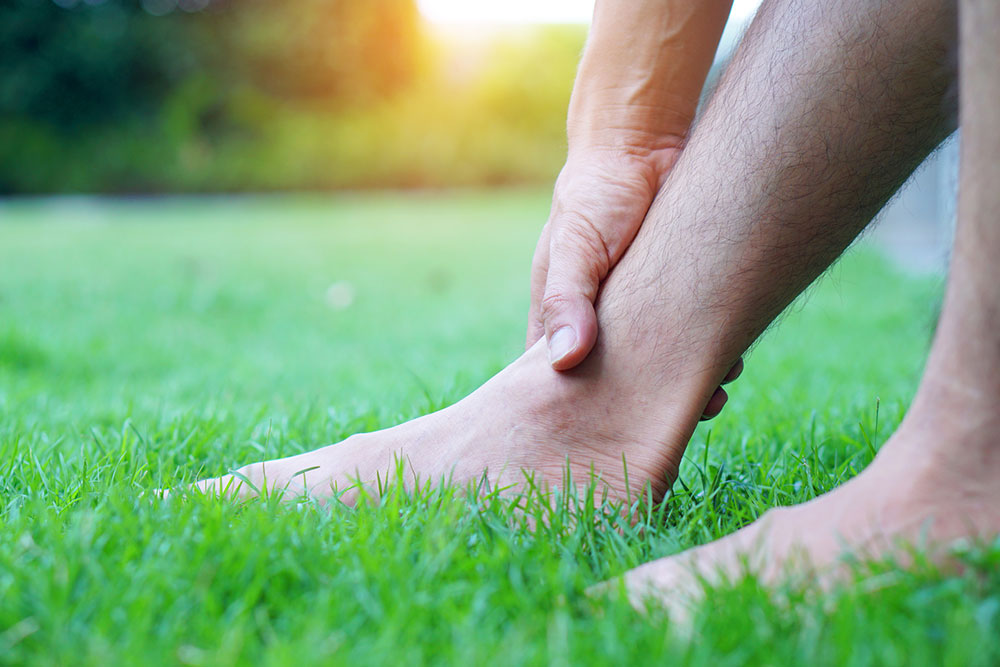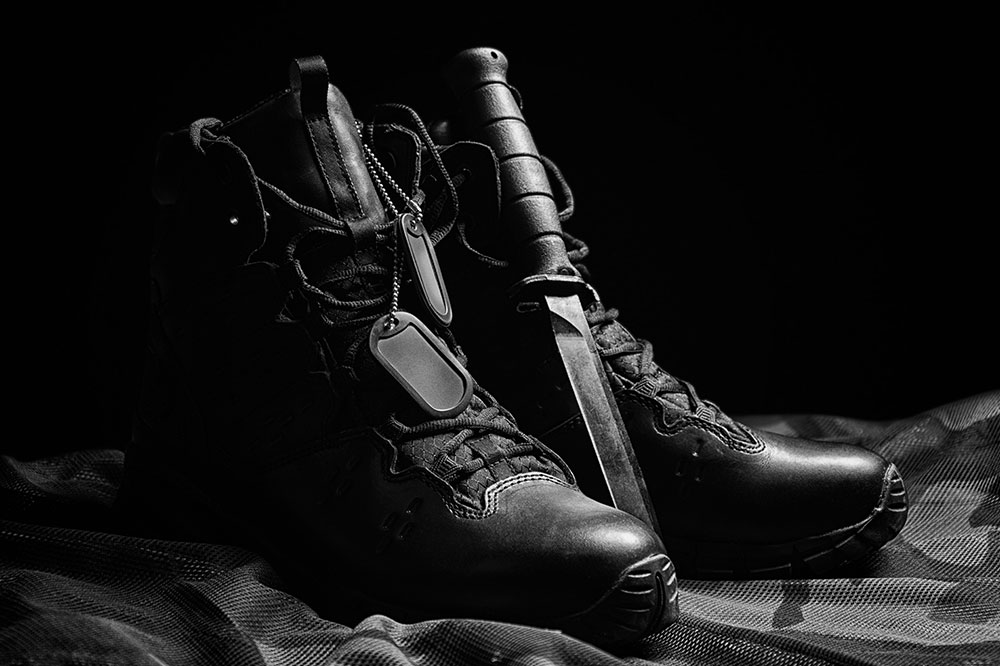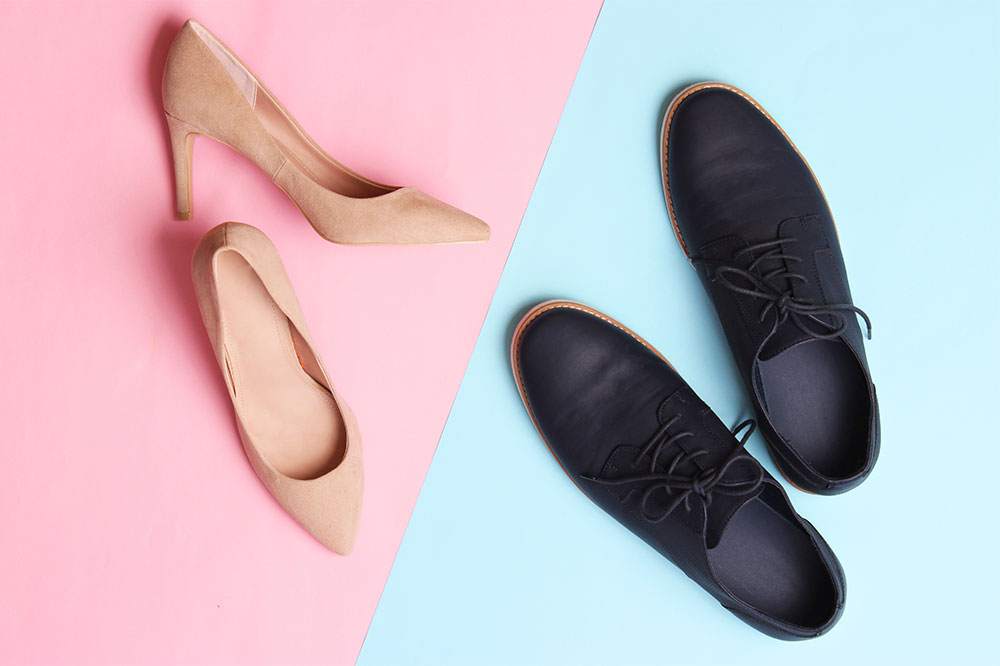Muscular dystrophy – Various types and symptoms

Muscular dystrophy is a group of diseases that lead to muscle mass and progressive muscle and body weakness. The abnormal or mutated genes interfere with producing healthy proteins that make up the muscle. There is no permanent cure for muscular dystrophy, but there are treatment options that help in managing the symptoms and also help in slowing down the spreading of the disease. Here are the types and symptoms to be aware of.
Types and symptoms
Depending on the type of muscular dystrophy, the symptoms can vary. However, progressive muscle weakness is one of the disease’s most common and most significant indicators.
Duchenne-type muscular dystrophy
It is the most common type of muscular dystrophy and is usually much more common in boys than girls. Some of the symptoms of this type include:
- Frequent falls
- Trouble jumping and running
- Learning disabilities
- Waddling gait
- Difficulty in rising from a sitting or lying position
- Walking on toes
- Large calf muscles
- Muscle pain and stiffness
- Delayed growth
- Becker muscular dystrophy
Becker muscular dystrophy
This form has signs and symptoms similar to Duchenne’s. However, the signs and symptoms are milder, and the disease tends to progress more slowly than in Duchenne. While the symptoms may start in early teens, they are not visible until mid-twenties or even later in some cases.
Myotonic
This is another type of muscular dystrophy in which the muscles cannot relax after contractions. Usually, the face and neck muscles are the first group affected, and those with this disease tend to have long, thin faces, drooping eyelids, and swan-like necks.
Facioscapulohumeral (FSHD)
In this type, the weakness usually starts in the face, shoulders, and hip. In such a case, the shoulder blades might get stuck while the arms are raised, causing discomfort. This disease usually onsets during teenage years but can also begin as late as 50.
Congenital
This affects both boys and girls and affects at birth or develops before the age of 2. They can be mild and progress slowly or, in some cases, rapidly, causing severe impairment.
Limb-girdle
In this type, the hips and shoulder are the muscles that are affected initially. Also, people with this type of muscular dystrophy have trouble lifting their toes and might trip while walking. This form develops in childhood or during teen years.









